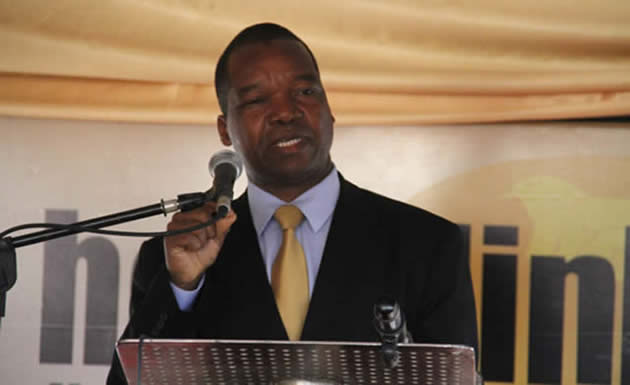Ridiculous prices dampen visual arts

Stephen Garan’anga : Visual Art
It is five years since the inception of the all visual art “Wild Geese Art Festival” but it seems like it was launched yesterday as its popularity with artists and art lovers continues to grow. It has become the biggest annual meeting place for practitioners of various levels, race and creed from various pockets of Zimbabwe. I have before given lectures and highlighted in my publications on the basics of how to price artworks, but today it is not the same lecture you would like to go out and preach to local practitioners before they embarrass you.
I have also highlighted on how local art purchases had been reduced to those of groceries but now the same groceries even cost more than the artists’ time, materials and creativity. This was the scenario at the open day market for the majority of artists as clients could even grumble for original quality paintings on canvas.
They wanted to buy pieces for between $20 and $50, pathetic offers for time and creativity put on the art works.
There were also a lot of blank sales even for some of the renowned though everybody gave a brave face, laughing it off, but at the back of their minds riding in agony, being cognoscente of the situation behind them. Yet they still long for a second and or third round of the scene.
The Wild Geese Art Festival is the only one of its kind in the country and possibly on earth where artists have an absolute free access to the market (no registration or table fees), handling their own art business transactions, having one to one interactions with clients and exchanging numbers without any preconditions.
The administration of the event is fabulous and it keeps on improving. Before gates to the exhibiting grounds open at 6am exhibitors are already getting anxious outside. It is the scramble for the strategic greenest and spacious areas though the intended targets roam all over both the dusty and lawny surfaces.
By 8am most of the setup is done and preliminary artists’ greetings takeover. By 10am the space is a hive of activity as more human traffic emerges from behind tall thatching grass through a clearing from where their vehicles are parked.
Negotiations for prices go on throughout the day especially during the busiest times that lead to the lunch hour.
Announcement of artists rewarded with awards from a selected gallery style exhibition in spacious hall diverts attention to the podium about half an hour after mid-day. This year’s edition saw Tafadzwa Guzhu being recognised as the best new artist with his piece “Ndaguna Kwe”. Johnson Zuze like everywhere he shows his work again rewarded for the most unusual work titled “Healthy is Wealthy”. Joe Chinomona was rewarded for the best work on show with his ‘Prayer’ and Evans Matenga represented by Village Unhu was rewarded for “Brothel Maiden”, while Israel Israel was rewarded for best sculpture with “Guitarist”.
The ever popular quarter of an hour voluntary painting demonstrations at the stroke of lunch hour with sponsored paints and prepared canvas grabs even more attention as a group of artists converge to have some fun under funny given themes. Even with the organisers’ announcement that the paintings of the activity will cost US$50, potential buyers were still asking the authors for a downward price review. One wonders if ever the current pathetic art prices’ trend will stop and rise again at the rate they are dipping.
While the economy is tough for everybody, there is an exploitation of the situation by many, taking unfair advantage of the needy. Most art materials like paints and canvases are all imported and therefore expensive for practitioners. Locally available carving stones and wood are further away from artists’ concentrations and need to be paid for and transported before the resultant work.
Scrap metal for weld-art is now scarce from the few scrap yards around which artists have to compete for prices with major recycle dealers plus the transport, welding rods, cutting and grinding discs etc. and above all the pay before use electricity. Artists too like everybody else need to sustain their lives and meet all their social responsibilities through their careers. The current scenario is unsustainable as they have to earn funds from elsewhere to subsidise their art career.










Comments